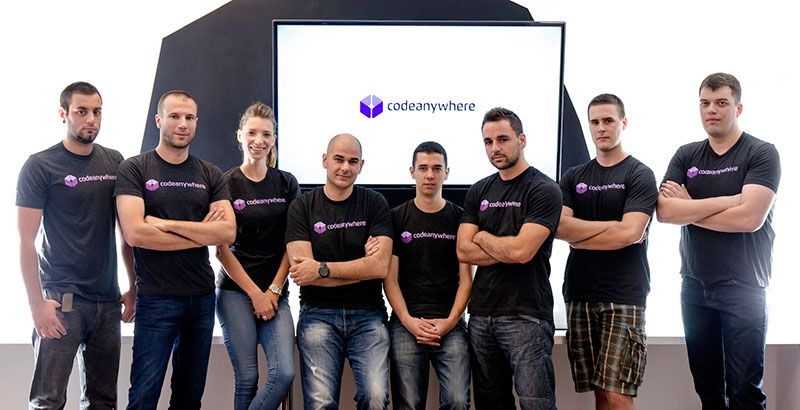Demystifying the Myth of Category Creation: A Reality Check for Startups
Category creation is an essential topic in a startup's long-term success, but it does not provide practical advice for startups seeking big revenue growth in an early market.
The notion that "category creation" is a magical solution that can transform a push-based market into a pull-based market is a myth.
It's like attempting to paint a horse into a zebra; it may appear to be a fun idea, but it doesn't make the most sense.
Many markets never become pull-based, and many businesses struggle to achieve considerable growth without ever fully "crossing the chasm."
Climbing Mount Everest while wearing flip-flops? — It will not be simple.
Mastering the Art of Market Alignment: The Key to Early Market Success for Startups
While category creation is essential for long-term growth, startups looking to achieve significant revenue in an early market should focus on mastering the art of market alignment.
Instead of focusing on category creation, startups should be consumed with figuring out how to build a business in the face of a new, immature, or non-existent market.
Finding product-market fit (PMF) is only the first step.
Most startups do not stumble onto a magical product that happens to answer a critical market pain point, making their go-to-market (GTM) strategy simple.
Instead, they engage in a multi-year battle between the company and the market, hoping to keep the two together.
This combined tango between company and market is called "market alignment".
It differs from PMF in that it focuses on a company's actions to shape itself and an early market rather than assuming that an existing product-market fit needs to be discovered.
It differs from category creation in that it addresses the tactical actions a company must take to muscle its idea into the market before either is ready, rather than the long arc of creating a designated market with a new client, budget, or category - which may never occur.
Navigating Early Markets: How Understanding Market Alignment Can Position Startups for Success in Early Markets
Navigating early markets is difficult, and determining the best GTM technique is sometimes as much of an adventure as finding PMF.
The most common error startups make is locking in and scaling a GTM strategy too early.
Trying to force a specific GTM strategy on the market is tempting, but keep in mind that how the market buys is much more likely to be influenced by the market than by you.
Startups can better position themselves for success and avoid the mistakes that beset early-stage enterprises if they understand market alignment.
The Importance of Market Alignment: Power of Unique POVs for Startups
Understanding the importance of market alignment is crucial for startups looking to navigate early markets. It is a process of aligning the company's vision with the market's needs, shaping both the company and the market simultaneously.
A unique point of view (POV) can play a significant role in this process by framing a different problem or opportunity, evangelizing a different future and showing customers how the company's solution bridges the gap between the problem and the future.
Some of our favourite examples:
- Uber: "Revolutionizing transportation through convenient, on-demand rides."
- Airbnb: "Transforming the way people travel by connecting them to unique, local accommodations."
- GitHub: "Empowering developers to collaborate and build software together."
- Gitlab: "Streamlining software development from idea to production."
- Terraform: "Providing an open-source tool for infrastructure as code, enabling automation and scalability for cloud deployments."
- Codeanywhere: "Empowering developers to code from anywhere, anytime with a seamless, cross-platform development experience."
And their respective market categories:
- Uber: Ride-Sharing
- Airbnb: Home-Sharing
- GitHub: Code Collaboration
- GitLab: DevOps Platform
- Terraform: Cloud Automation
- Codeanywhere: Cloud Development Environment
By having a clear and different POV, startups can differentiate themselves from competitors and establish themselves as leaders in the industry. Additionally, startups can achieve exponential growth by leveraging the attention and enthusiasm of their early adopters.
Market Alignment for Developers: Building Market-Ready Products
By understanding the importance of POV and market alignment, startups can not only differentiate themselves and establish leadership in their industry but also ensure that their products are tailored to meet the specific needs of their target market. This is where developers play a crucial role, as they bring the product vision to life and ensure that it aligns with the market's needs.
Market alignment is crucial for developers as it equips them with the knowledge to produce products that align with the market's needs.
Developers play a vital role in this process by creating the product that the market requires. By using an internal development environment or a cloud-based development environment, developers can access the necessary tools and resources they need to create the product.
This improves the efficiency of the development process by allowing for more effective collaboration and feedback within the development team.
Additionally, by understanding the market alignment process, developers can prioritize development by identifying the most crucial features that need to be built first, leading to a product that addresses significant market pain points and increases the likelihood of establishing product-market fit as early as possible.
This can assist developers in delivering a solution that addresses significant market pain points and increases the likelihood of establishing product-market fit as early as possible.
5 Steps to Achieving Market Alignment for Startups and Their Product Teams
- Understand your target market: Research your target market to understand their pain points, needs, and preferences. This will help you identify opportunities for your product and align it with the market's demands.
- Define your unique point of view (POV): Develop a clear and compelling POV that sets your product apart from competitors and positions you as a leader in the industry. Your POV should frame a different problem or opportunity, evangelize a different future, and show customers how your solution bridges the gap.
- Prioritize product-market fit (PMF): Focus on finding PMF as the first step, which is ensuring that your product meets the target market's needs. This will increase the chances of your product's adoption by early adopters and achieving exponential growth.
- Align your go-to-market (GTM) strategy with market demands: Once you have PMF, align your GTM strategy with the market's demands. This means understanding how the market buys and tailoring your strategy to align with these buying patterns.
- Involve your product team: Make sure that your product team is involved in the market alignment process. This will enable them to comprehend the product vision, the pain areas addressed by the product, and how the market will consume the solution. This will enable them to connect their development efforts with the company's GTM strategy, resulting in a technically solid and market-ready product.
Conclusion: Mastering the Art of Market Alignment
Startups should focus on mastering the art of market alignment, which aligns the company's vision with the market's needs, shaping both the company and the market simultaneously. A unique point of view (POV) can play a significant role in this process by framing a different problem or opportunity, evangelizing a different future, and showing customers how the company's solution bridges the gap between the problem and the future.
The role of developers in this process cannot be understated, as they play a key role in creating the product that the market requires and understanding the market alignment process enables them to connect their development efforts with the company's go-to-market strategy resulting in a product that is both technically solid and market-ready.
For a startup to succeed, it is important to align the company's vision and goals with the needs of the market. This requires a dedicated effort to bring the two together.




